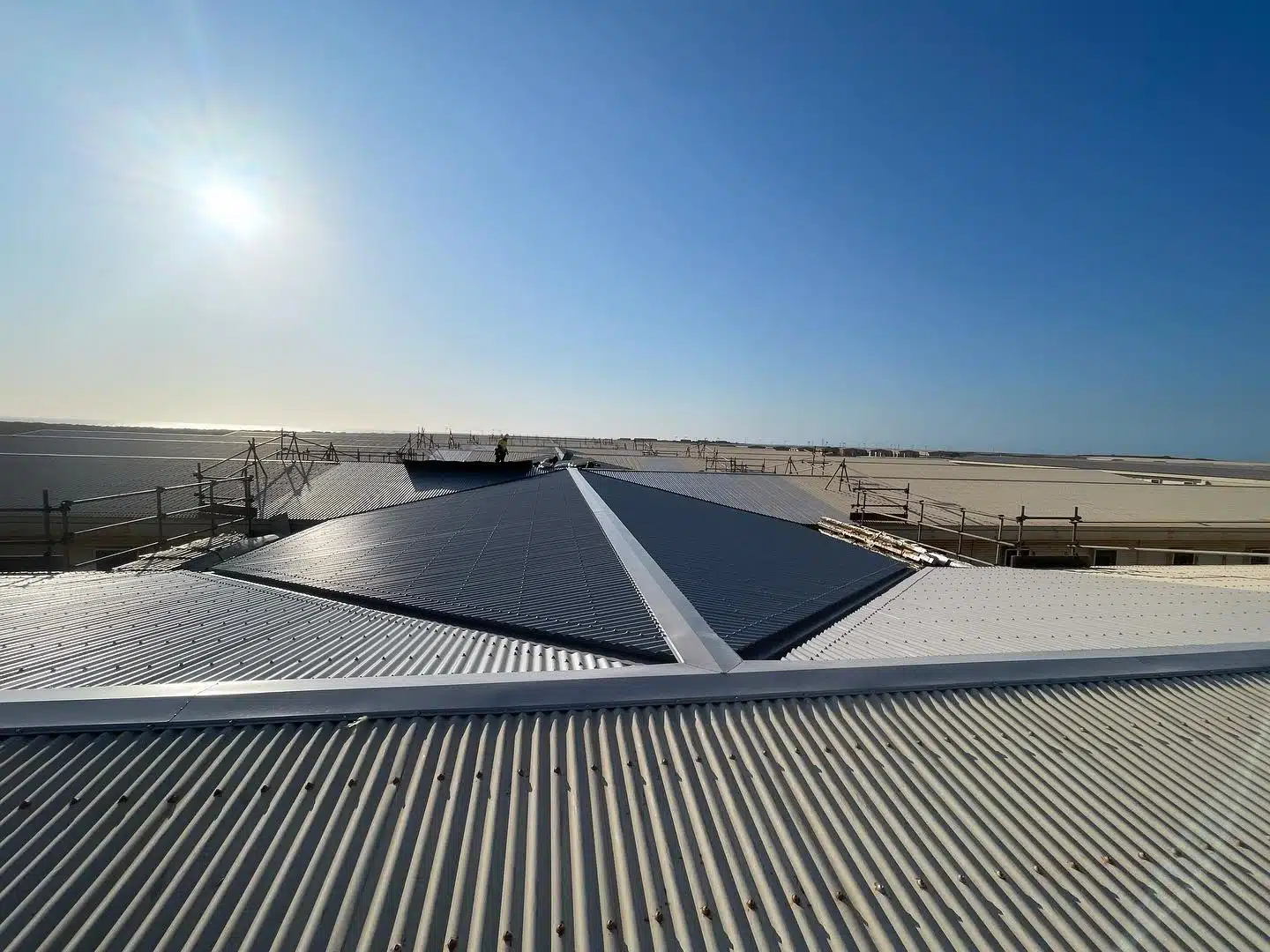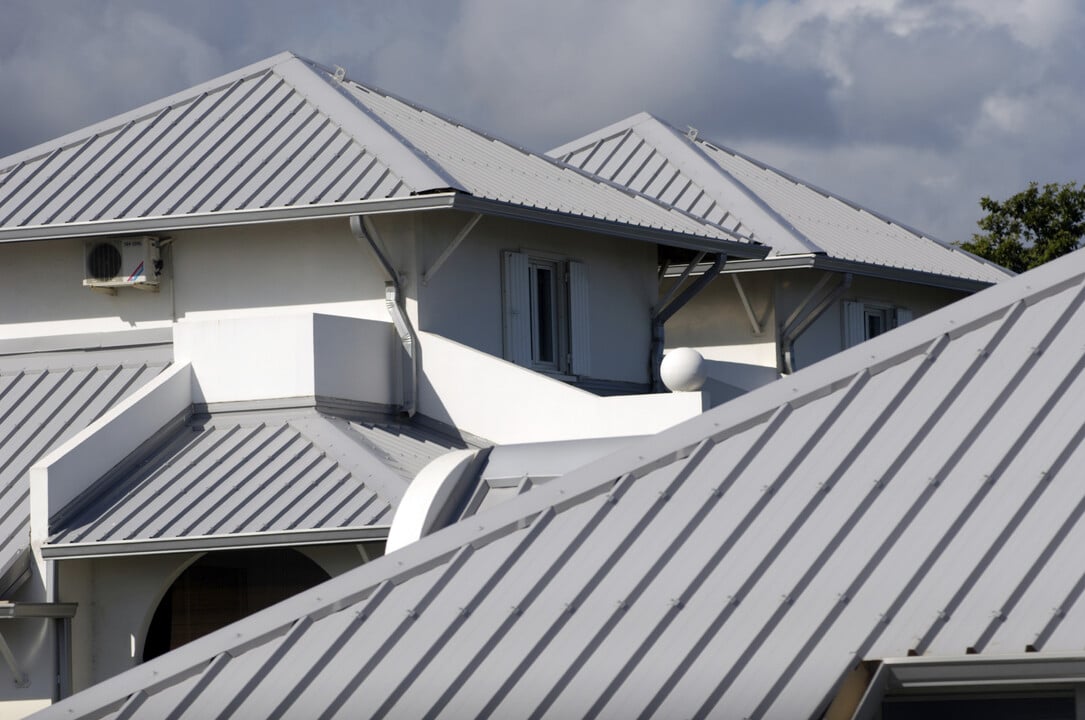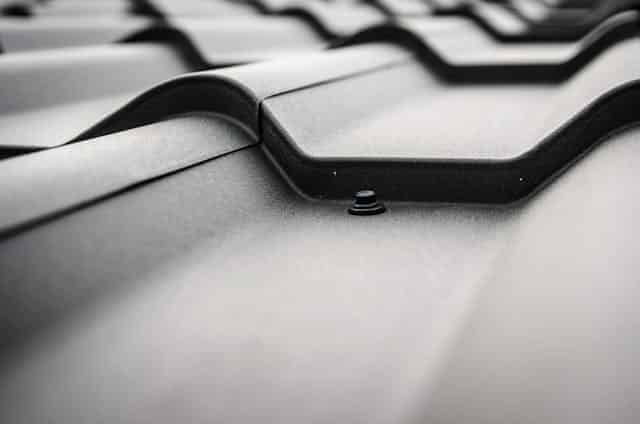Texas weather presents quite a challenge to building materials. Extreme heat, strong winds, and occasional hailstorms demand durable options, particularly for roofing systems.
Many homeowners choose metal roofs to combat these challenges, expecting long-lasting protection and reduced maintenance. The key question for property owners is whether the lifespan of metal roofs in Texas aligns with their higher installation costs.
Benefits of Metal Roofing Longevity
Many homeowner’s choice of metal roofs is linked to a belief in their superior durability. Correctly installed, very high-quality metal roofs provide robust protection that many years will pass and still be far beyond average asphalt shingle roofs.
This extended lifespan can reach fifty years or more, making it an attractive thing for homeowners seeking long-term solutions. A very significant thing to consider is the return on total cost when you analyze it annually because you will see better investment over a period.
Durability is the primary benefit that belongs to one metal roof. Compared to a more traditional choice of material that has a cheaper cost, metal can handle wind and heat more than asphalt because it has higher performance metrics.
The inherent strength of such metals when it comes to blocking weather outside makes it not likely to require regular replacement, so because, through intense Texas winters, you will require a number of yearly checkups, it’s better to avoid damages and repair jobs.
Installation’s Impact on Lifespan

When seeing the lifespan of a metal roof, it has several aspects that contribute to deciding the generally expected amount of time, in addition to the length of uses and life, because the quality of installments matters! A poorly fitted metal roof can significantly shorten its lifespan, leading to performance issues. Engaging with professionals, such as an Austin roofing company, ensures proper installation and long-term reliability.
Installation mistakes can make the roof vulnerable to leaks or corrosive damage and compromise its overall strength. Professional installers ensure that seals on joints are applied correctly and make necessary adjustments to maintain quality installation standards. These strategies are key to maximizing roof durability, which can ultimately determine its expected lifespan.
Texas environmental Consideration
The Texas climate presents challenges beyond extreme heat, including strong winds and intense UV exposure. These factors have a significant impact on a roof’s lifespan. However, choosing corrosion-resistant metals like aluminum or galvalume steel can offer long-term benefits.
Metal roofs generally show little distress from sun exposure, but temperature fluctuations can cause expansion and contraction, leading to issues with fixtures, clamps, and sealing. Regular inspections and adjustments are necessary to maintain durability. Coastal areas may benefit from an additional protective layer to guard against salt-laden air, further enhancing longevity in Texas’s tough weather conditions.
Maximizing Your Metal Roof’s Life
To get the most out of a metal roof investment, proactive maintenance is essential. This includes regular inspections, adjustments, and keeping drainage systems clear of debris. Quick repairs help extend the roof’s lifespan and prevent costly issues. Planning maintenance in advance ensures structural integrity without unexpected expenses.
Another key factor is investing in high-quality materials or protective coatings that enhance durability and safeguard against damage. Homeowners should also clear leaves and debris regularly, as these can impact the roof’s condition. Proper upkeep not only extends the lifespan but also maintains the roof’s strength for many years.
Choosing the Right Metal

Not all metals are equal when it comes to battling Texas’s heat and storms. The choice of material is crucial when considering roof performance. Metal strength is especially important in areas with hail and strong winds, as weather greatly impacts both cost and durability. Metal roofs can help reduce the need for frequent replacements after storms.
Galvalume and aluminum roofing have excellent corrosion-blocking features, but each is suited for different conditions. Galvalume steel is generally more affordable, while aluminum is often chosen for its durability. Both materials offer long-lasting protection against harsh weather. Additionally, reflective properties help save energy and extend roof life.
Conclusion
Metal roofs offer great value for homes and can withstand very rough conditions. If the material is durable, installed properly, and maintained with a good plan, it can last for the long term. Choosing experienced professionals for installation and maintenance is a smart decision to ensure longevity and performance.

